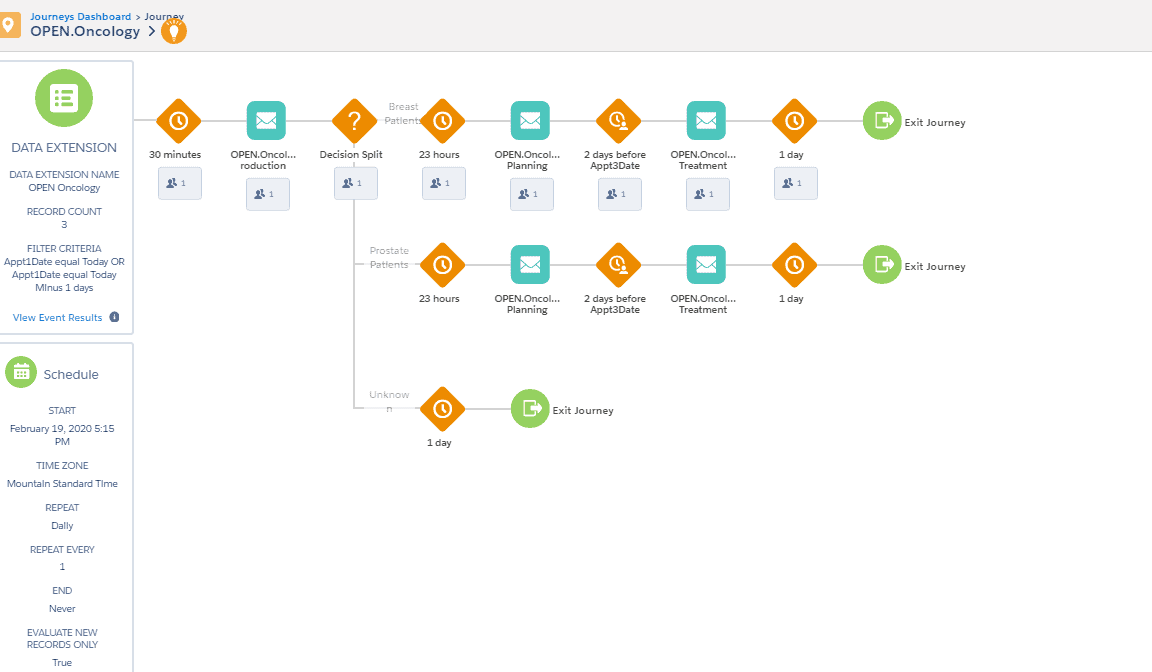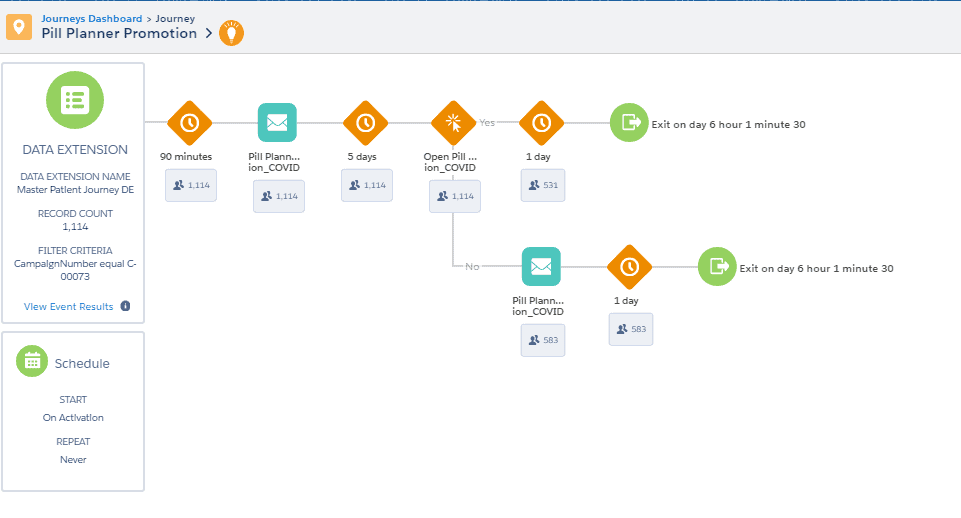 In normal times, patient engagement systems[1] can be effective at improving overall patient outcomes. By providing patients with a variety of targeted messages along with suggested actions, many patients can put themselves into a more favorable position with respect to their own health.
In normal times, patient engagement systems[1] can be effective at improving overall patient outcomes. By providing patients with a variety of targeted messages along with suggested actions, many patients can put themselves into a more favorable position with respect to their own health.
As the COVID-19 pandemic continues on an indeterminate path, these types of systems have a more important role than ever before.
Patient engagement technology allows health systems to provide timely and relevant information about how patients can protect themselves from exposure to the coronavirus and how they can do their part to reduce the spread of the virus to others. They can also inform patients on what actions to take for a given set of symptoms or circumstances. Email updates can be sent as governmental guidelines change, as has been the case with the use of face coverings.
In many cases, messages sent from a health system to patients provide more scientifically based advice than patients may obtain other channels.
The types of outbound messages that serve to inform and educate a patient population can include the following:
- Provide those who have any of the listed COVID-19 symptoms with a phone number to reach a member of the response team[2]
- Share links to the health system’s COVID-19 resource and self-assessment pages
- Offer information about when testing is needed and when it is not
- Encourage telehealth or e-visits for health issues not related to COVID-19 symptoms
- Share protocols for non-emergent visits to a hospital or clinic
- Inform relatives of infected patients about any entry restrictions to medical facilities
Ideally, a patient engagement system should be integrated with both contact center software and with the EHR.
In normal times, which we will return to eventually, patient engagement systems will continue to fill a key role in traditional population health. Some of the areas are:
- Promote remote care options
- Encourage e-visits with a primary care provider
- Promote the use of the patient portal for those who have not signed up
- Send eCheck-in reminders in advance of an appointment for patients that have a patient portal account
- Encourage patients that currently don’t have a primary care provider to sign up with one
- Send a follow up “thank you” and a survey to recently discharged patients
- Send birthday wishes with age-relevant recommendations
- Reach out to people who are new to the hospital’s service area (new patient acquisition)
- Send demographically appropriate content such as exercise and nutrition advice
These are just some ideas based on implementations we’ve been involved with. Your health system may communicate with patients in different ways. Flows and messaging that are appropriate to your patient population can be easily designed.
Increase Your Patient Engagement With Salesforce Health Cloud
J2 Interactive is a Salesforce Silver Consulting Partner. Our Salesforce group focuses exclusively on solutions for healthcare and life sciences organizations.
Salesforce Health Cloud adds an integrated engagement layer that sits alongside clinical systems.
To discuss how Health Cloud can create improvements in your organization, please get in touch with us.
1. A patient engagement system is an omni-channel communication system that has the ability for an administrator to create patient journeys. The system can be connected to other data sources within a health system.
2. Salesforce is making Health Cloud and related technologies available free of charge to qualified organizations responding to the pandemic. J2 is offering a free Quick Start implementation to get a response team off the ground rapidly.





